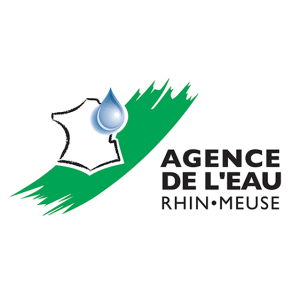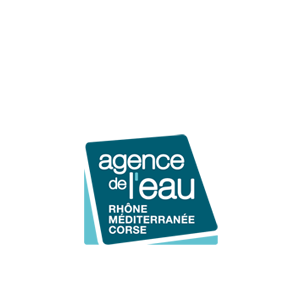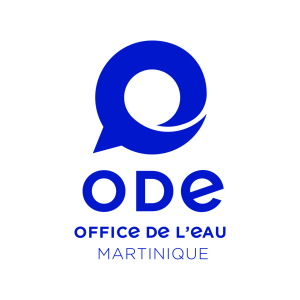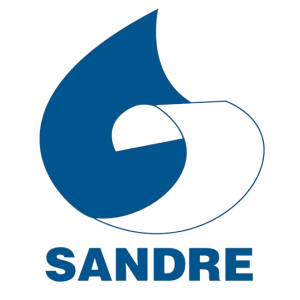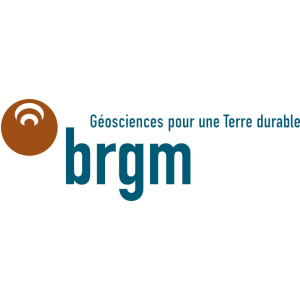
Document généré le 02/12/2025 depuis l'adresse: https://www.documentation.eauetbiodiversite.fr/fr/notice/modelisation-du-transport-particulaire-dans-le-golfe-du-lion-en-vue-d-une-application-au-devenir-des-traceurs-radioactifs-issus-du-rhone
Modélisation du transport particulaire dans le Golfe du Lion en vue d'une application au devenir des traceurs radioactifs issus du Rhône
Titre alternatif
Producteur
Contributeur(s)
Université du Sud Toulon-Var
Identifiant documentaire
9-6308
Identifiant OAI
oai:archimer.ifremer.fr:6308
Auteur(s):
Dufois, Francois
Mots clés
Waves
MARS 3D
Hydrodynamic
Radionuclides
Modelling
Sediment
Rhône prodelta
Gulf of Lions
Vagues
MARS 3D
Hydrodynamique
Radioéléments
Modélisation
Sédiment
Prodelta du Rhône
Golfe du Lion
Date de publication
05/12/2008
Date de création
Date de modification
Date d'acceptation du document
Date de dépôt légal
Langue
fre
Thème
Type de ressource
Source
Droits de réutilisation
info:eu-repo/semantics/openAccess
Région
Département
Commune
Description
Among the contaminants introduced into the environment, the artificial radionuclides appear particularly important to take into account because of their chemical toxicity and/or of their radiotoxicity. Some radionuclides present a high affinity with particles so that the study of the sediment dynamics is a useful preliminary to the study of their dispersion on the open sea. This thesis is focused on the fate of sediments in the Gulf of Lions (NW Mediterranean) and in particular on the impact of the Rhone River, which is the main source of particulate matter in the Gulf of Lions. In order to study the sediment transport mechanisms on various space and time scales, this thesis is based on mathematical modelling. The hydro-sedimentary model set up in the Gulf of Lions, which takes into account the gathered effect of waves and currents, was supported by recent hydro-sedimentary data analyses. The CARMA (winter 2006/2007) and SCOPE (winter 2007/2008) experiments were used to better understand the physical processes that control the sediment transport on the Rhone prodelta and to validate the model. The period of the centennial Rhone River flood of December 2003 was also simulated in order to determine the impact of such extreme events on the fate of sediments. Both observations and simulations of the studied periods highlight the high capacity of erosion and transport induced by south-eastern storms on the prodelta.
Accès aux documents
0
Consultations
0
Téléchargements


